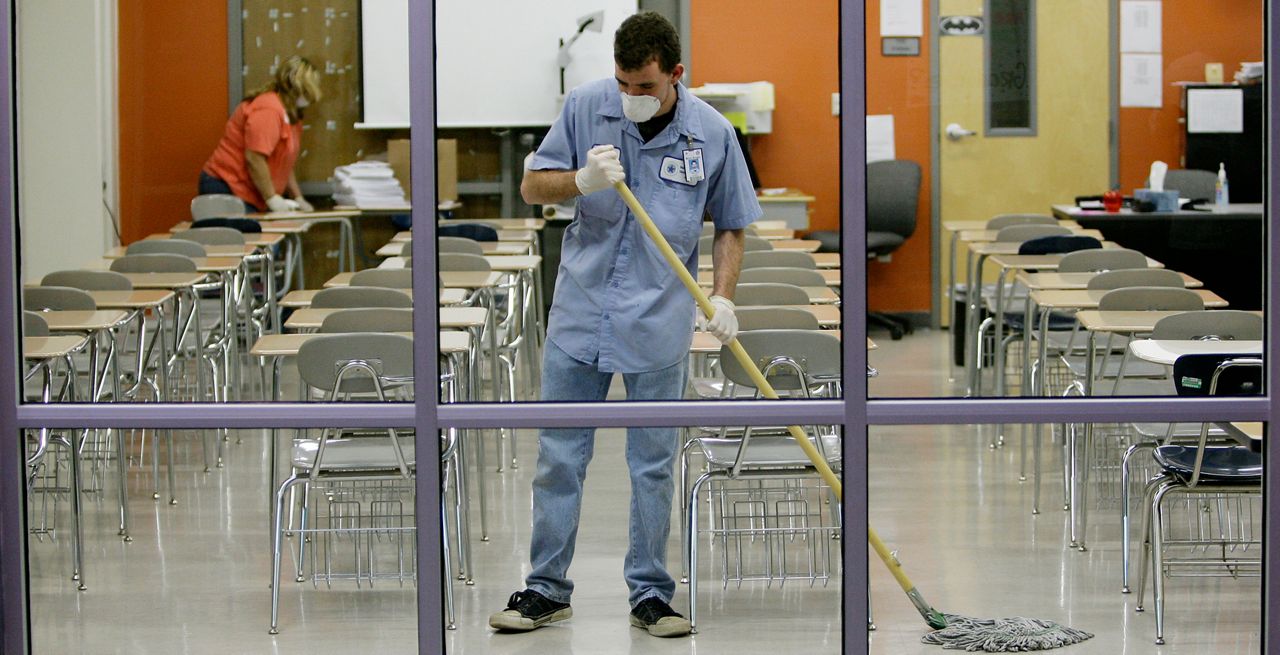TEXAS -- Texas on Tuesday, for the first time, reported in excess of 10,000 new cases of COVID-19. That’s in addition to 60 deaths and 9,286 hospitalizations.
Texas schools closed their doors at the outset of the pandemic, shifting to online learning. While your child’s school will look very different, plans for in-person learning in the fall are moving forward. As it stands, parents beginning in August will have the option to send their children back to school.
In anticipation of this, the Texas Education Agency (TEA) on Tuesday released a nine-page public health guidance for the new school year.
The TEA notes that while there is no way to completely eliminate the threat of COVID-19 spread, it can be mitigated, and the American Academy of Pediatrics states that virus risks must be balanced with the need for students to attend school in person.
The TEA is calling on school systems, a week prior to schools opening, to develop a plan to mitigate COVID-19 and make a summary of it available to the public.
In addition, teachers and staff must self-screen for COVID-19 symptoms before arriving on campus each day. If staff members exhibit symptoms consistent with COVID-19, they must remain off campus until meeting criteria for re-entry.
Likewise, parents are instructed not to send their children to school if they exhibit COVID-19 symptoms. In addition, excluding parental drop-off and pick-up, all school visitors must be screened for symptoms. Schools systems must determine if visitors have been in close contact with people who have been diagnosed with the virus.
Schools are required to immediately separate students who exhibit COVID-19 symptoms until a parent can pick that student up. If someone who has been on campus tests positive for COVID-19, the school system must report that to the local health department. Areas that have been heavily used by the infected person must be closed off and disinfected.
Related Stories
Schools are required to comply with the governor’s executive order regarding the wearing of facial coverings. In addition, school systems may require face masks or shields for adults and students for whom it is developmentally appropriate.
When and where possible, schools are to maintain social distancing measures, including six feet of space in classrooms and other settings. Schools are to make every effort to reduce the number of large gatherings.
In addition to the requirements, it is recommended school systems put hygiene safeguards in place such as making hand sanitizer or hand washing stations available at each school entrance. Students, teachers, staff and visitors are encouraged to wash their hands frequently.
Campuses are also urged to implement more stringent and frequent cleaning measures.



